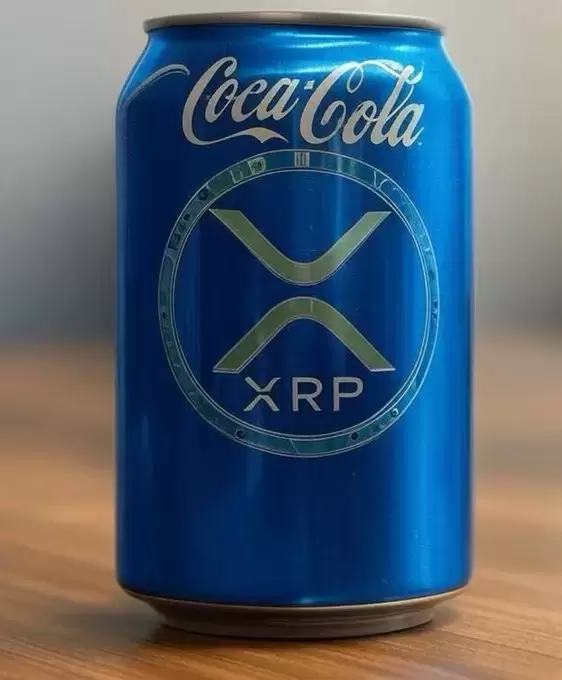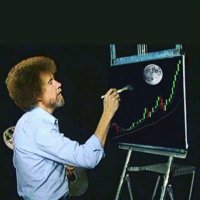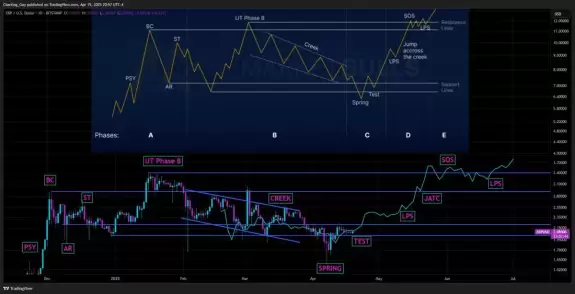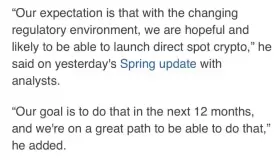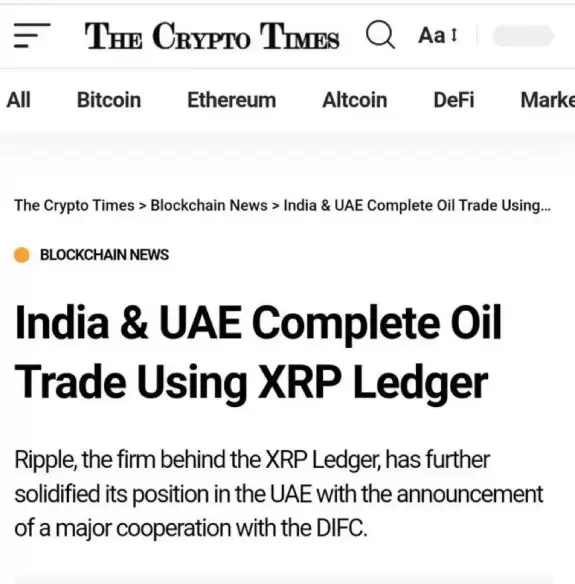Communtity feeds
-

- Twitter source
- good morning crypto Apr 20, 2025 at 10:08 am
-

- Twitter source
- Charting Guy Apr 20, 2025 at 09:00 am
-

- Twitter source
- Good Morning Crypto Apr 20, 2025 at 05:44 am


-

- Twitter source
- EDO FARINA 🅧 XRP Apr 20, 2025 at 05:29 am
-

- Twitter source
- XRPcryptowolf Apr 20, 2025 at 03:05 am
-

- Twitter source
- John Squire Apr 20, 2025 at 01:42 am
BREAKING
India just completed its first crude oil deal with the UAE using local currencies, and the $XRP Ledger is part of the infrastructure. This taps into a $500 trillion industry. The shift has started. Are you paying attention?

-

- Twitter source
- John Squire Apr 20, 2025 at 12:57 am
RUMOR ALERT
Rumors continue to swirl that the U.S. government might be planning a massive $XRP acquisition at $10,000 per token using Treasury Bills. If true, this could reshape the entire global financial system.

-
- Twitter source
- {{val.author }} {{val.createtime }}































































